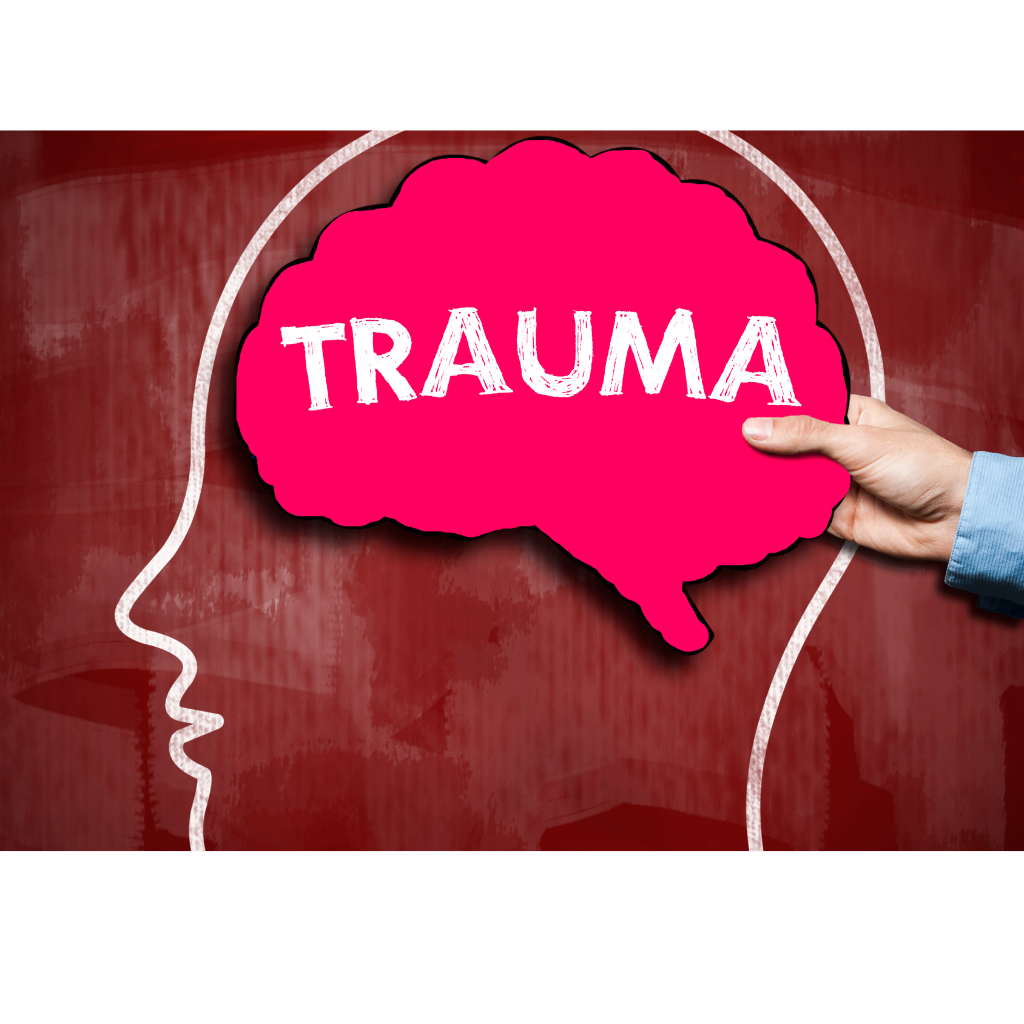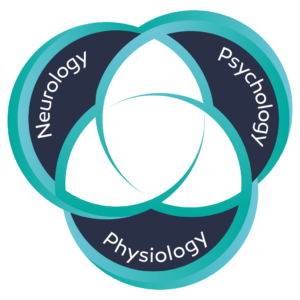When we think of trauma, we often imagine life-altering events like accidents, abuse, or significant loss. These are known as “big T” traumas. But trauma isn’t always so obvious. Everyday experiences, often dismissed as minor, can also leave lasting imprints on your nervous system. These “little t” traumas accumulate over time and play a significant role in chronic pain.
Understanding how trauma—big or small—impacts your nervous system is crucial to breaking free from the cycle of pain and finding true healing.
What is Trauma?
Trauma occurs when your nervous system perceives an experience as overwhelming or threatening. Whether it’s a major event or a series of smaller stressors, your body reacts the same way: it activates survival mechanisms like fight, flight, freeze, or fawn. While these responses are essential in the moment, unresolved trauma can keep your nervous system stuck in a state of high alert, even long after the threat has passed.
Big T and Little t Trauma
Big T Trauma – These are significant, life-altering events such as physical or emotional abuse, accidents, or natural disasters. They’re often easily recognized as traumatic.
Little t Trauma – These are smaller, often overlooked experiences that can still overwhelm your nervous system. Examples include ongoing work stress, social rejection, or a critical comment that lingers in your mind. While they may seem minor individually, their cumulative effect can be just as impactful as a major traumatic event.
How Trauma Affects the Nervous System
Trauma, regardless of its size, activates your body’s stress response. Over time, repeated activation can:
1. Overstimulate Your Nervous System: Your brain becomes hyper-vigilant, constantly scanning for danger. This creates a heightened state of sensitivity, where even minor triggers can feel overwhelming.
2. Create a Feedback Loop of Stress and Pain: An overstimulated nervous system releases stress hormones like cortisol and adrenaline, which can amplify pain signals and reinforce the perception of danger.
3. Interrupt Your Body’s Healing Processes: Chronic stress from unresolved trauma keeps your body in survival mode, preventing it from shifting into the restorative state needed for healing.
Breaking Free from Trauma’s Grip
Healing from trauma requires calming your nervous system and helping it transition from survival mode to a state of safety and repair. Here are a few steps to start the process:
1. Acknowledge Your Experiences: Whether it’s big or small, recognizing trauma’s impact is the first step toward healing. Give yourself permission to validate your feelings without judgment.
2. Practice Cues of Safety: Surround yourself with reminders that you are safe in the present moment. This can include calming environments, supportive relationships, and grounding techniques like deep breathing.
3. Regulate Your Nervous System: Techniques like mindfulness, meditation, and gentle physical movement can help soothe an overstimulated nervous system and create space for healing.
4. Seek Support: Trauma can feel isolating, but you don’t have to face it alone. Whether through a therapist, coach, or supportive community, connecting with others can be transformative.
Moving Toward Healing
Trauma, whether big or small, doesn’t have to define your life. By understanding how it impacts your nervous system and taking small, consistent steps to regulate and heal, you can begin to break free from its grip.
What Comes Next?
In our next blog post, we’ll discuss feedback loops—how your nervous system can get caught in a cycle of stress and pain, and more importantly, how to shift into a beneficial feedback loop that promotes healing and relief.
Healing is a journey, and every small step matters. If this resonates with you, consider exploring our resources:





